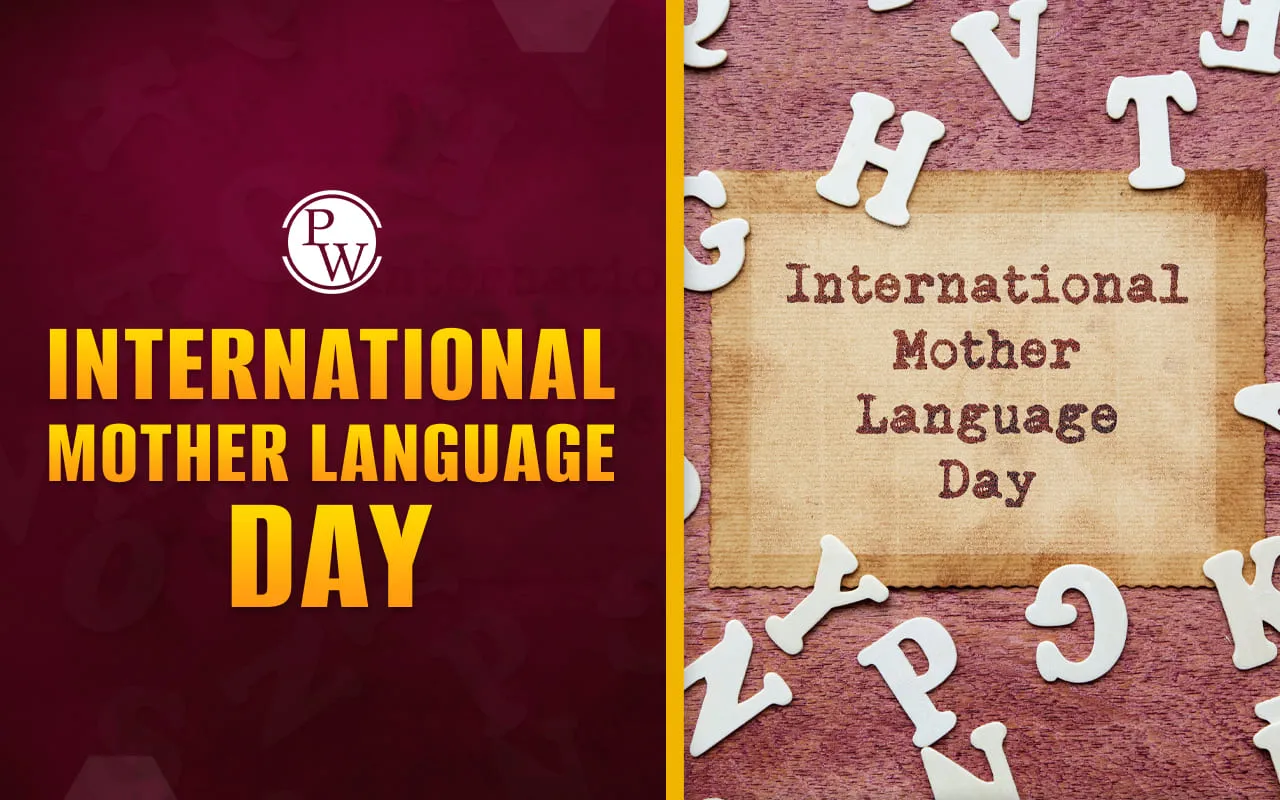

World Rabies Day: Rabies is considered to be a dangerous disease affecting both people and stray animals. The rabies virus can spread through a bite or scratch from an infected animal, primarily dogs. Rabies is mostly fatal once the symptoms start to develop. However, the disease can be prevented with timely vaccination.
World Rabies Day is celebrated every year by the Global Alliance for Rabies Control (GARC) to raise awareness on Rabies disease and its impact. It is a day to educate people, promote vaccination, and prevent rabies deaths. This global event focuses on eliminating Rabies through widespread community efforts and actions.
World Rabies Day 2025
World Rabies Day 2025 will be observed on September 28, 2025. The day is celebrated by health workers, schools, NGOs, and governments across the world. The primary aim of World Rabies Day is to spread knowledge about rabies prevention, treatment, and control.
-
In India, several awareness campaigns, vaccination drives, and street programs are organized on this day. The goal is to protect both humans and animals. World Rabies Day posters are also circulated on digital platforms to reach to as many people as possible.
-
World Rabies Day also honors the efforts of scientists and doctors who work to end this disease. This day is especially important for India because the country records the highest number of rabies deaths worldwide. It is a call to action for everyone to take responsibility in their community.
World Rabies Day 2025 Theme
Each year, World Rabies Day is allotted a unique and official theme by the Global Alliance for Rabies Control (GARC). The theme for World Rabies Day 2025 is "Act Now: You, Me, Community." For the first time, the World Rabies Day theme does not include the word "rabies", showing how well-established this movement has become. The significance of the World Rabies Day theme 2025 can be summarized as follows:
-
You – Take action in your personal life: vaccinate your dog, educate yourself about how to prevent rabies and Pre- and Post-Exposure Prophylaxis, or advocate for better policies.
-
Me – Lead by example: inspire others, train professionals, or support rabies elimination efforts in your community.
-
Community – Work together: organize vaccination campaigns, educate learners and their families, and push for stronger rabies elimination programs.
World Rabies Day History
World Rabies Day was officially observed for the first time in 2007. It was started by the Global Alliance for Rabies Control (GARC) with support from the World Health Organization (WHO).
-
The date, September 28, was chosen to honor Louis Pasteur. He was the scientist who developed the first rabies vaccine.
-
Since then, World Rabies Day has become a global health event. Every year, more than 150 countries take part. Schools, hospitals, and organizations organize awareness programs, vaccination drives, and community meetings.
-
The history of this day tells about the progress made in science and the importance of public health education. It also shows that global cooperation is key in fighting deadly diseases like rabies.
Significance of World Rabies Day
World Rabies Day has immense importance. It helps spread awareness about a disease that kills thousands every year but can be prevented. For India, this day is vital because the country accounts for nearly one-third of global rabies deaths. It is a reminder that awareness, vaccination, and community efforts can save lives. The significance of World Rabies Day 2025 can be summarized as follows:
-
Awareness: Teaching people how rabies spreads and how it can be prevented.
-
Prevention: Promoting vaccination for dogs and humans after exposure.
-
Policy Support: Encouraging governments to invest in health programs.
-
Global Unity: Bringing the world together for one goal – ending rabies.
Rabies Cases in India
India reports the highest number of rabies deaths in the world. According to the WHO, about 20,000 people die of rabies in India every year. Most of the cases are from rural areas, where medical facilities and awareness are limited.
-
Children under the age of 15 are the most affected group. Many do not receive timely treatment after a dog bite. Lack of awareness and shortage of vaccines make the problem worse
-
Rabies in India is mainly spread by stray dogs. The large street dog population increases the risk of bites and infections. Despite being preventable, rabies continues to kill thousands of people every year in the country
-
Every year, there are almost 17 million stray dog bite cases in India. Many of these cases involve children. In cities and villages, people often come in close contact with stray dogs. Lack of vaccination and unchecked breeding increase the risk.
-
The high rate of dog bites shows the urgent need for better policies, public education, and large-scale vaccination drives.
Supreme Court Verdict on Stray Dogs
Recently, the Supreme Court of India issued a suo motu directive to remove stray dogs in the Delhi National Capital Region (NCR) after tragic stray dog attacks on children were reported. SC directed to shift all the stray dogs to shelters without return. The decision was then referred to a 3-judge bench after public outrage. The modified Supreme Court Verdict on Stray Dogs is as follows:
-
Prohibition on Public Feeding: It is now illegal to feed stray dogs on streets and in public places.
-
Dedicated Feeding Spaces: To be created by municipal authorities in each municipal ward.
-
Relocation After Treatment: Sterilized, dewormed, and vaccinated dogs must be returned to their original pick-up location.
-
National Policy: SC has expanded the case to include all States and Union Territories, consolidating related High Court cases for a final national policy.
-
Adoption: Animal lovers are permitted to apply to municipal bodies for the adoption of street dogs.
To further explore topics related to gender equality and women's achievements in history, check out PW UPSC Courses and gain in-depth knowledge essential for the IAS exam!
World Rabies Day 2025 FAQs
When is World Rabies Day 2025 observed?
What is the theme of World Rabies Day 2025?
Why is World Rabies Day important for India?
How many rabies cases occur in India every year?
What did the Supreme Court decide about stray dogs?













